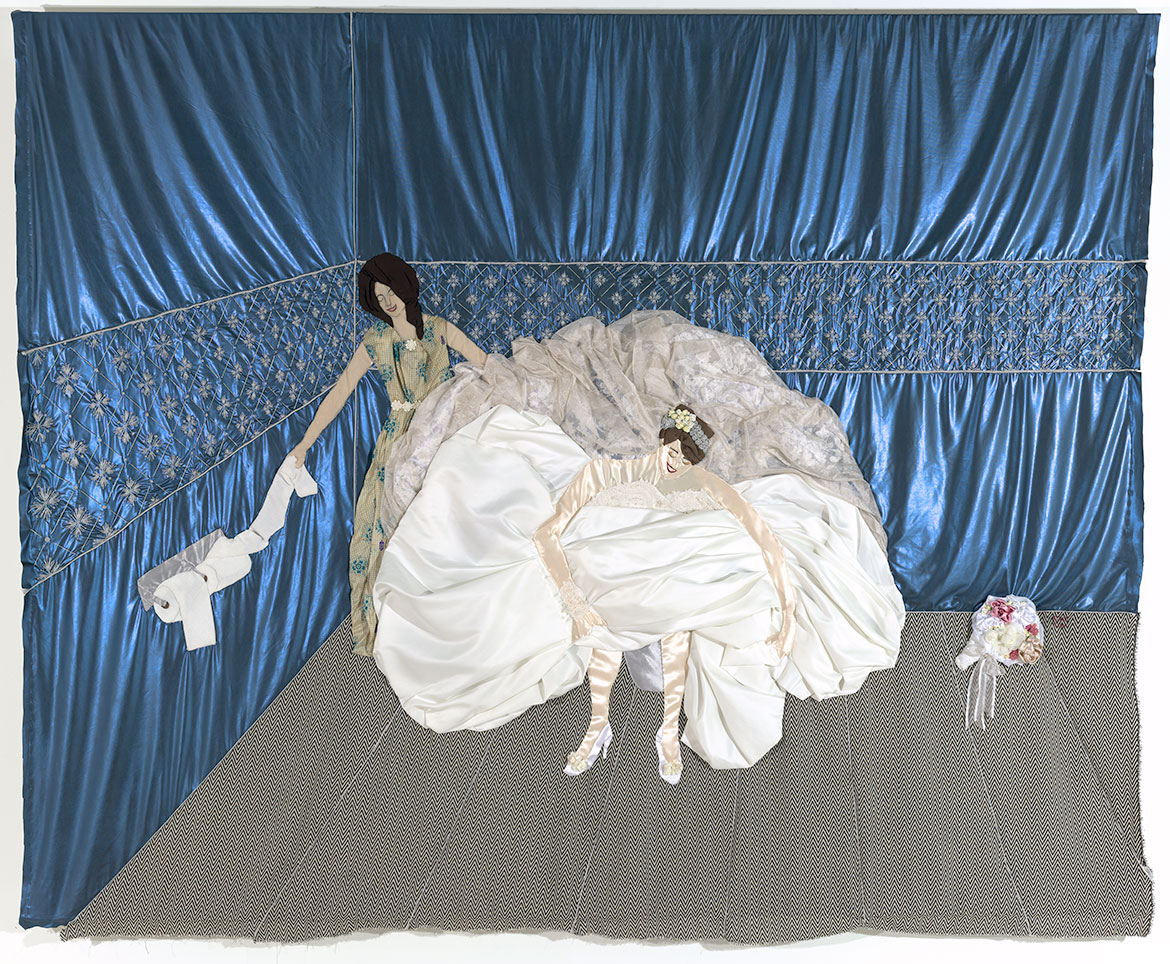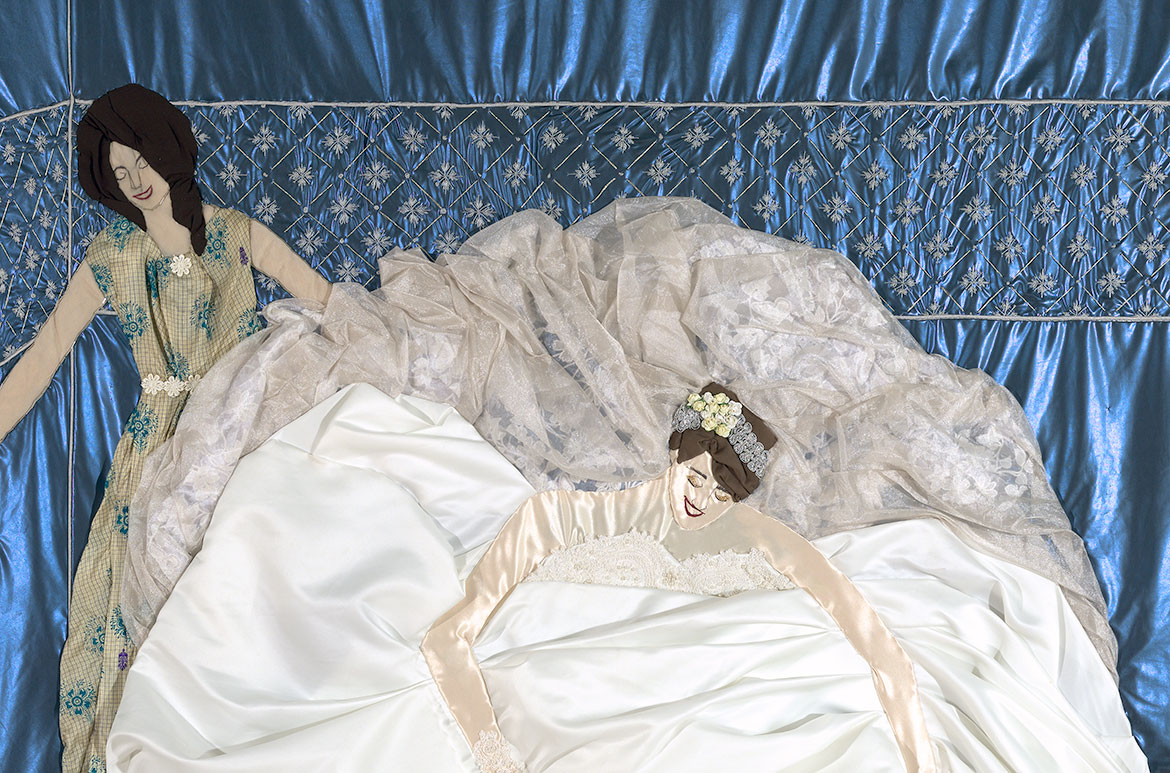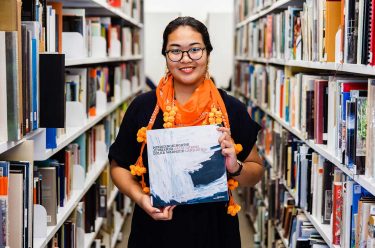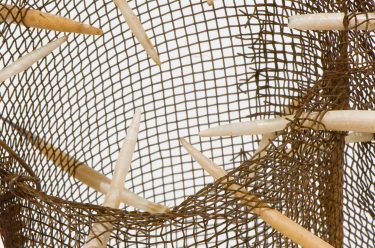Did you know that female artists represent only 2% of the art market? Or that over a period of 17 months, Picasso generated more sales at auction than the work of 6000 women artists?
The power to make a change in the art world is in our hands. That job is up to us. To see more artworks by more diverse artists, we need to seek them out, go to their exhibitions, launch their careers, buy their books and tell the art world that we want more! Dr Louise R Mayhew
Through a series of virtual events, Dr Louise R Mayhew examines the gender bias in the art world and explores what we can do to increase the visibility of women artists. Want to feel inspired and take action?

What’s the problem?
In the talk Confronting Contemporary Art Where are the women?, Dr Louise R Mayhew highlighted the structural and historical barriers that hinder women’s success in the art world. Participants discovered new strategies being used by galleries, artists and activists to see more women artists on gallery walls and learnt how they can be part of this movement.
Want to hear how you can make a difference? Watch the talk for more information.
What else can we do?
QAGOMA hosted a virtual Art+Feminism Editing Circle where participants from across the world learnt how to research, write and publish articles honouring the career of women artists on the world’s most popular online research tool — Wikipedia — 21 new articles were created, 92 existing articles expanded, and over 23,700 words contributed to Wikipedia articles on women artists.
Sally Gabori (b.c.1924-2015), a senior Indigenous female artist who represented Australia in the 55th Venice Biennale in 2013, and whose work is held in permanent collections across the world didn’t have a Wikipedia page. Art+Feminism participant Merilyn changed that by publishing an extensive article on Gabori, while participating in the editing circle. View her Wikipedia article.


Start your editing journey
Want to start your own Art+Feminism Wikipedia editing journey? There’s lots of free online resources available:
- Art+Feminism: An intersectional feminist non-profit organization that directly addresses the information gap about gender, feminism, and the arts on the internet. Find out more about upcoming events and free resources.
- Women in Red: A project focused on creating content regarding women’s biographies, women’s works, and women’s issues. Read more.
- Know my Name: Wikimedia Australia and the National Gallery of Australia’s initiative to increase understanding and appreciation of work by Australian women artists. Read more.
- Global virtual Wikipedia editing events Read more
Featured image: Zahra Imani Wedding Day 2018
#QAGOMA


